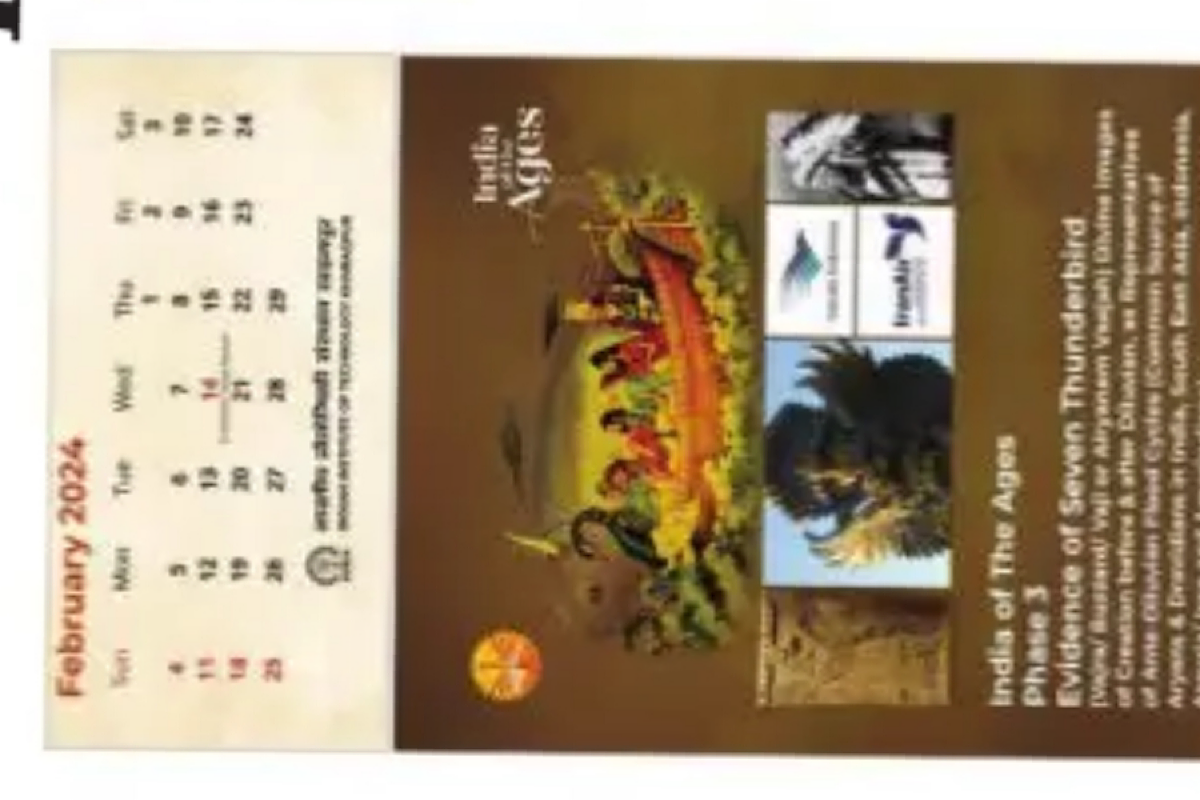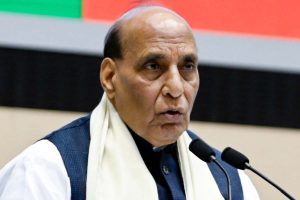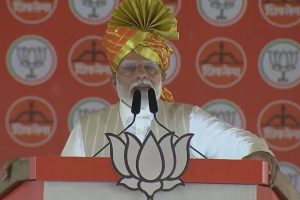The Indian Institute of Technology (IIT), Kharagpur, published its calendar titled ‘India of the Ages’ for 2024, throwing light on the country’s pan-universal spirituality, legacy of science and culture, language systems and humanity. This, at a time when the institute had faced criticism for bringing out a calendar a couple of years ago that offered a rebuttal to Aryan invasion.
The India of the Ages calendar, produced by the Centre of Excellence for Indian Knowledge System (IKS), IITKharagpur would be available at Amazon on and from 1 January. The concluding note in the 25-page calendar stated, “The aim of the calendar is to bring to light an array or pool of scientific and historical evidence to best stitch and interconnect apparently separate systems of humanity.
The pool of evidence presented here is just a tip of an iceberg, which is based on detailed investigation, iteration and mutual calibration of facts and the correlations between facts from history, conducted by IITKharagpur.” The calendar emphasizes this spirit of integration.
The calendar puts forward several points on different pages. For instance, Page 7 (January) focuses on evolution of Gondwana (India), and Gondwanaland (southern supercontinent). Page 8 (February) highlights India of the Ages, Phase 2 second last Ice Age, Toba Explosion & the Beringa Migrations.
The Page-9 (March) that describes evidence of seven thunderbird (vazra, buzzard, Vaji or Airyanem Vaejah) says, ‘after 1000s of years of multiracial mixing, Indians are most closely related to each other and it is pointless splitting hair over who is more Aryan and who is more Dravidian.
The story of Manu, the Indian Noah (Indian Folk= Naiaah, or Nabik or navy man) sums up the genetic findings surprisingly well. He was said to have been a king of the Dravidians (Satyabrata) prior to the flood but is repeatedly mentioned in the Vedic tradition as an ancestor of Solar Aryan Kingship (The line of Kshatriyas of the Upanishads, the Gita up to the times of Krishna, later the Buddha and aftermath up to Adi Shankara and aftermath.)
“This time our calendar depicts the country’s pan-universal spirituality, legacy of science and culture and language systems and humanity. Some people may play dirty politics criticizing this unique initiative. We are not bothered about it,” Prof Joy Sen, chairperson of the IKS, IIT-Kharagpur told The Statesman today. “The calendar will be priced around Rs 200 per piece and 2,000 copies will be printed so far. It will be available at Amazon from 1 January,” Prof Sen of the architecture department of the institute said.
A section of academics, when contacted, felt that it’s an attempt to strengthen saffronisation inside the institute, discouraging scientific temper. “We have already experienced this in its previous such attempt a couple of years ago,” one of them alleged











